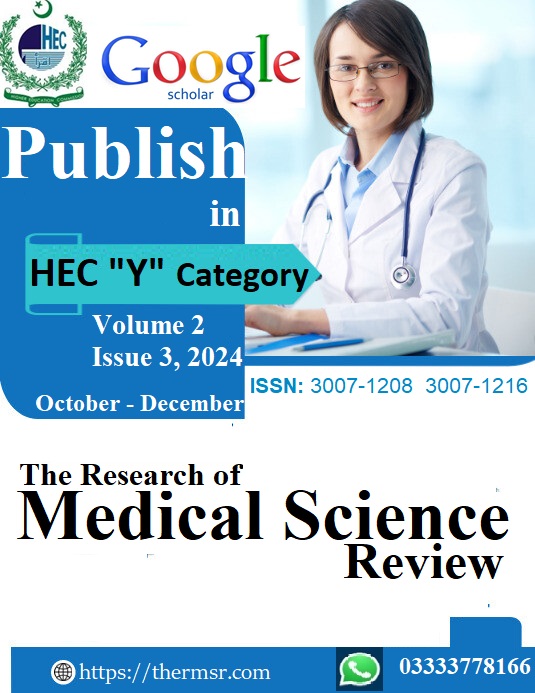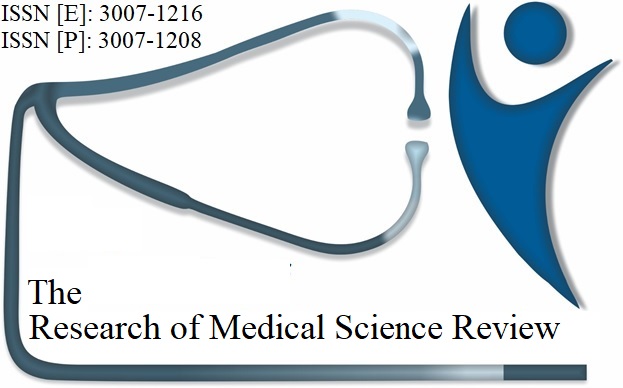OUTCOME OF ANTERIOR CRUCIATE LIGAMENT RECONSTRUCTION IN HAMSTRING GRAFT VERSUS BONE PATELLAR BONE GRAFT
Keywords:
ACL reconstruction, hamstring tendon graft, bone-patellar tendon-bone graft, knee stability, functional outcomes, complicationsAbstract
Background: Anterior cruciate ligament (ACL) injuries are common among athletes and can significantly affect the knee's stability and overall function. ACL reconstruction is the commonly4 chosen treatment, with HT (hamstring tendon) and BPTB (bone-patellar tendon-bone) autografts being the most widely used options. The choice between these grafts remains controversial due to differences in postoperative outcomes, complications, and functional3 recovery.
Objective: To compare the functional outcomes, knee stability, and complication rates between HT (hamstring tendon) and BPTB (bone-patellar tendon-bone) autografts in patients undergoing ACL reconstruction.
Methodology: A prospective study was conducted at Khyber Teaching Hospital, Peshawar, over a 12-month period. A total of 100 patients (51 in the BPTB group and 49 in the HT group) aged 18-50 years with ACL tears were randomly assigned to receive either graft. Surgical procedures were standardized, and postoperative rehabilitation protocols were identical for both groups. Functional outcomes were assessed using the International Knee Documentation Committee (IKDC) scores and Tegner activity scale. Knee stability was evaluated through Lachman and pivot-shift tests, while complication rates were recorded.
Results: At the 12-month follow-up, 92.2% of patients in the BPTB group and 83.7% in the HT group achieved good-to-excellent IKDC scores. The Lachman and pivot-shift tests showed superior knee stability in the BPTB group (p=0.019 and p=0.021, respectively). However, the HT group exhibited fewer donor site morbidities and a quicker recovery. Complications such as patellar fractures were observed only in the BPTB group, while wound infections were more frequent in the HT group.
Conclusion: Both BPTB and HT grafts provide significant functional improvement after ACL reconstruction. BPTB grafts offer superior knee stability but are associated with higher donor site complications. HT grafts, while providing comparable functional outcomes, demonstrate fewer complications and faster recovery. The choice of graft should be individualized based on patient-specific factors and activity levels.
Downloads
Published
Issue
Section
License

This work is licensed under a Creative Commons Attribution-NonCommercial-NoDerivatives 4.0 International License.















